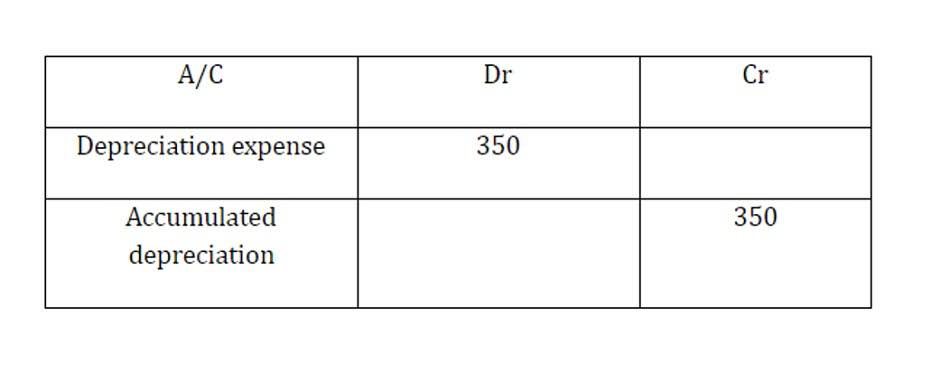To Capitalize or to Expense: How Sec 263A Treats Royalties

Royalties are payments given to the person who owns the intellectual property of a given asset. For example, a TV show’s production company might allow their show to be distributed and watched on different streaming services. Royalty payments, royalty income, and royalty fees differ based on the license agreement and the type of royalty. Royalties provide cash flow to owners through a legal contract for a royalty-based license that pays a percentage of gross revenue, net sales, or another negotiated rate during the license term. When accounting for royalty payments, Royalty Tracker creates an expense to recoup the excess returns against future sales. Royalty Tracker actually can help prevent against this by enabling you to withhold a “Reserve Against Returns”.
Keeping your musicians, artists, and other payees happy with on-time royalty payments is essential.

T-bills are subject to price change and availability – yield is subject to change. Investments in T-bills involve a variety of risks, including credit risk, interest rate risk, and liquidity risk. As a general accounting for royalty payments rule, the price of a T-bills moves inversely to changes in interest rates. Although T-bills are considered safer than many other financial instruments, you could lose all or a part of your investment.
Recognizing Revenue Under The Sales- And Usage-Based Royalty Exception
Example 3B – Assigning and Allocating Royalties Assume the same facts as the prior example. According to the allocation principle for variable consideration, Willy should allocate part of the royalty to each performance obligation, because the royalty is intended to pay for both the machinery and the IP. The estimated market value of the machinery at the time Tomakasagi acquired it was $10 million, while the estimated value of the IP is $15 million. Note that no amount in connection with the royalty can be included in the transaction price until sales or usage occurs.
What are Royalties and How do Royalty Payments Work?
The CPA/damage expert should consider the nature of the technology at issue in the litigation in terms of the advantages over older technologies or the benefits from the use of the patented technology. Products that offer increased benefits would likely boost a prospective royalty rate. Many times, the features, benefits and advantages of patented technologies are outlined in advertisements, https://www.bookstime.com/retained-earnings-normal-balance product brochures, and sales and marketing presentations. Discussions with technical witnesses or experts is often useful for the CPA/damage expert to understand the impact of these factors. Databases, such as and , can be accessed through a subscription or on a pay-per-use basis to accumulate publicly disclosed license agreements including the negotiated royalty rate.
Invest in traditionally uncorrelated assets
- Double Entry Bookkeeping is here to provide you with free online information to help you learn and understand bookkeeping and introductory accounting.
- Previously, Izo had to request, collect, and validate the tax identification of its growing community of content creators.
- If the advance was paid in Q1 with no other activity, then on their Q2 statement they will see a “Balance Forward” (often labeled as an “Unearned Advance”) of -$1,000.
- Explore the intricacies of royalty accounting and learn how to navigate audits, resolve disputes, and apply international standards across various industries.
- All of your financial transactions make a difference to your accounts – but it’s not always clear whether they increase or decrease the value of your business.
- No offer to buy securities can be accepted, and no part of the purchase price can be received, until an offering statement filed with the SEC has been qualified by the SEC.
In the licensing agreement, they might specify that the sale is in return for royalties generated from future revenues that the product earns. In a simple sense, royalties are going to equate to a specific percentage of any revenues that are generated from the use of property. That said, royalties are often negotiated on a case-by-case basis to ensure that all parties involved in the transaction receive fair returns. TallyPrime is a business management software that has been made for MSMEs to make accounting easy.

A Beginner’s Guide to Understanding Royalties

